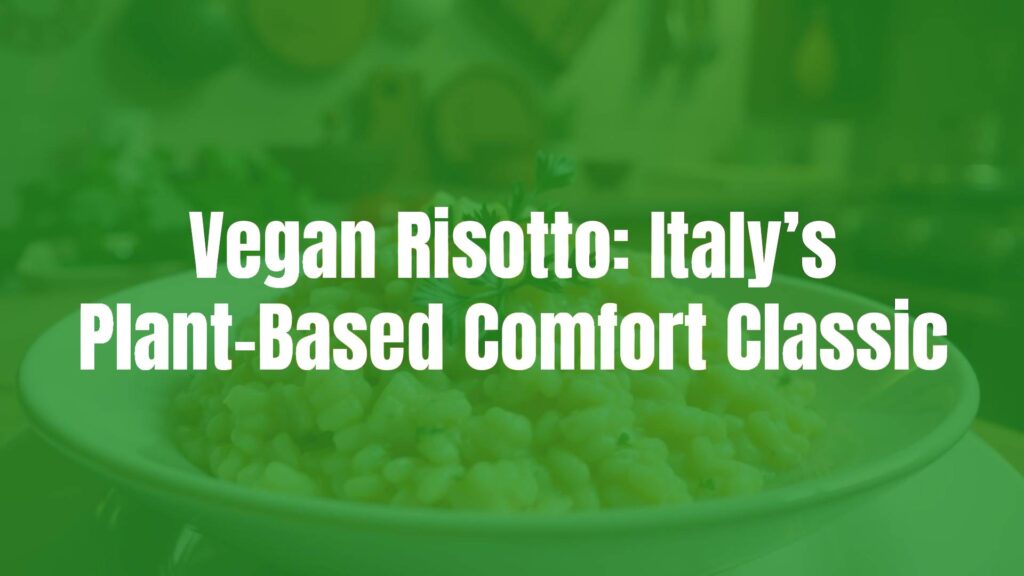Introducing Vegan Risotto
Vegan risotto represents a modern evolution of the beloved Italian rice dish, adapting the age-old technique to suit plant-based diets. Classic risotto, renowned for its creamy consistency, typically incorporates butter, cheese, and often chicken or beef stock. However, the vegan variation captures the same rich and comforting essence while relying solely on plant-derived ingredients.
Defining Features of Vegan Risotto
What sets vegan risotto apart is its ability to achieve a luscious, silky texture without any dairy. Arborio, Carnaroli, or Vialone Nano rice grains are slowly simmered in vegetable broth, releasing their starches and creating that hallmark creaminess. Instead of butter and parmesan, components such as olive oil, nutritional yeast, pureed nuts, or vegan butter provide depth and a touch of indulgence. The flavor is nuanced and plant-forward, while the texture remains satisfyingly tender yet slightly al dente.
Origins and Modern Adaptations
Risotto traces its roots to northern Italy, especially across Lombardy and Veneto, where rice cultivation has been central for centuries. As veganism has grown in popularity globally and within Italy, chefs and home cooks have re-envisioned traditional recipes to accommodate plant-based preferences. While not part of the original canon, vegan risotto has found favor in health-conscious and ethical dining circles, featuring prominently in contemporary Italian restaurants.
Essential Ingredients
The heart of any risotto lies in its rice, with short-grain varieties preferred for their high starch content. Vegan risotto begins with a soffritto base—usually onion or shallot sautéed in olive oil—before the rice is toasted and then gradually cooked in ladlefuls of warm vegetable broth. A splash of white wine enriches the flavor early on. To mimic the creamy finish of traditional risotto, nutritional yeast and a drizzle of extra-virgin olive oil or vegan butter are often stirred in at the end. Fresh herbs or lemon zest may be added for brightness.
Popular Variations and Ingredient Options
Vegan risotto is highly versatile, accommodating nearly any seasonal vegetable or flavor combination. Common additions include wild mushrooms, asparagus, squash, or artichokes. To enhance creaminess or offer a subtle cheese-like flavor, cooks may add blended cashews, coconut cream, or even a vegan cheese alternative. While Arborio is most traditional, Carnaroli rice offers an even firmer texture for risotto purists.
Serving Suggestions and Pairings
This dish is often presented as a main course, garnished with fresh herbs or a sprinkle of toasted pine nuts. Roasted vegetables, sautéed greens, or a crisp green salad complement vegan risotto beautifully. As for drinks, a light Italian white wine such as Verdicchio or Soave is an excellent match, while sparkling water with lemon offers a refreshing non-alcoholic option.
Embracing a Plant-Based Italian Classic
Vegan risotto stands as a testament to the adaptability of Italian cuisine. Whether enjoyed for ethical reasons, dietary needs, or simple curiosity, it promises a comforting, crowd-pleasing meal that honors the traditions of risotto making—while forging new culinary paths.

